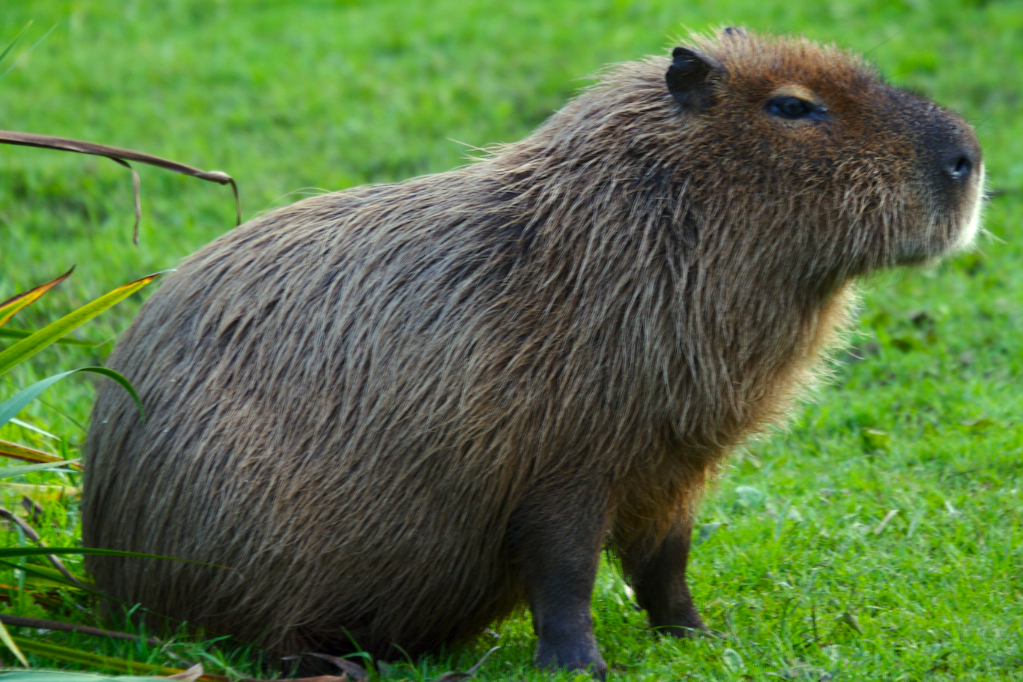Give your druid or ranger an animal companion with a bit more character and colour to them.
Rainbow Lyrebird
The mottled brown plumage of this huge songbird only serves to enhance the colours of the long rainbow tail feathers. It prefers to stay on the ground in the forests it inhabits as it forages for insects and fungi but it’s small wings do allow it to gracelessly fly and glide. They have a beautiful and diverse range of songs but what makes it particularly prized is that they are perfect mimics. This includes being able to recite songs of magical power which appear to be particularly powerful against evil. Taming a Rainbow Lyrebird requires pandering to an arrogant personality but once accustomed to a trainer they’re quite lazy if kept fed.
Bladed Harrier
The metal grasslands are known for the presence of metal in flora and fauna. The dull brown camouflage plumage serves to highlight that the outer four flight feathers on each wing are sword steel. The wings are just under 2 metres in length, longer than is normal for the genus to accommodate for the metal. The Bladed Harrier uses its amazing eyesight to spot prey for the glide before swooping in and using the wing blades to kill. As a companion the bird is distant and adversarial so they take significant time to befriend and train. They will slice with the wing blades if angered. If you’re willing to be patient and accept cut fingers the bird can be taught to fence and parry.
Chaos Ferret
Ferrets love tunnels and chaos ferrets love tunnels through the fabric of reality. A wiggle here and a crawl there and there’s an infinite number of places to nap or snack on anything that’ll fit in its jaws. As befits their place outside of the ordered planes, no two chaos ferrets look the same. Generally about 50 cm long, their soft fur is a patchwork of every colour of the rainbow with eyes like prismatic marbles. If you can find one they are quite friendly and enjoy sentient contact and affection. Once per day they can flip you luck provided you don’t mind it flipping back the other way the next day.
Trueblack Crow
Shadows within shadows on the wing. A barking call that seems to come from nowhere. Only when fully exposed to the light does the plumage of this small corvid reveal itself in outline. The feathers of the Trueblack Crow are utterly and completely black, reflecting none of the light that falls on them. The effect is tied to the shadow soul of the bird itself so the feathers turn a dusty grey when shed. A stealthy and intelligent scavenger, it does well in the shadows found in cities. Be exceptionally careful when approaching a Trueblack Crow as they have an additional surprise. To prevent themselves from overheating, they can spew forth a streak of plasma up to 15 m long.
Null Capybara
100 kg of peace and calm, distinguished from its brethren by the interlocking circular patterns of their gold and brown fur. When not gently eating vegetables or bugs, Null Capybara like to find sunny places to sit and watch the world. The rodent cultivates such a measure of tranquility that it radiates as an aura for up to 50 metres. The area around it becomes calm and quiet, a place where fears and anxieties can be put into perspective and difficult problems seem easier to tackle.


